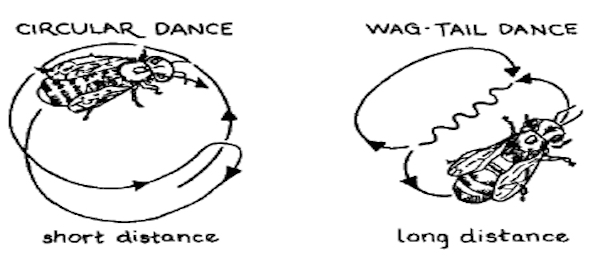On January 30th, join us from 11am to 2pm to celebrate the new kids interpretive trail at Horton Grove Nature Preserve. There will be activities for kids, biology experts, and more thanks to the Center for Human-Earth Restoration, the New Hope Audubon Society, and the Schoolhouse of Wonder.
During this event, TLC will be unveiling the new kids trail with interpretive signs with information about local flora, including persimmon and poison ivy, and fauna, including bees, bats, and owls.
Bees are very important species because of their ability to pollinate fruit and vegetable plants. Do you know how bees find the pollen and nectar that they need for survival? In 2013, Scientists at the University of Bristol found that bees use their sense of sight, smell, and detect electric fields to find the most suitable flowers to visit. The researchers knew that flowers have a slight negative charge and bees have a slight positive charge, so the bees are naturally attracted to flowers like a magnet.
What they wanted to answer was whether bees could sense the electric field that surrounds flowers. By designing a lab experiment using artificial flowers, some with a charge some without, they discovered that the bees could discern a flower’s electric field. They also found that when a bee lands on a flower, the electric field was changed for about 100 seconds due to the bee’s positive charge. This means that other bees nearby can observe whether a certain flower has recently been pollinated or not.
For bees in a colony, the scouting bee communicates where food is located through dance. Depending on her movements, she is able to communicate if food is nearby, through a looped or round dance, or whether it is located further away through a waggle dance. The speed of the scouting bee’s looped dance indicates how much food is located at the source that she found. The colony of bees transports the pollen and nectar back to the hive and each bee can carry up to half of her weight! Once in the hive, the nectar is transformed into honey to preserve their food source.
We hope to see you on the 30th to learn more about bees and the many other creatures you can find at Horton Grove Nature Preserve. The event is free for everybody, but please sign up. Dogs on leashes are welcome too!



